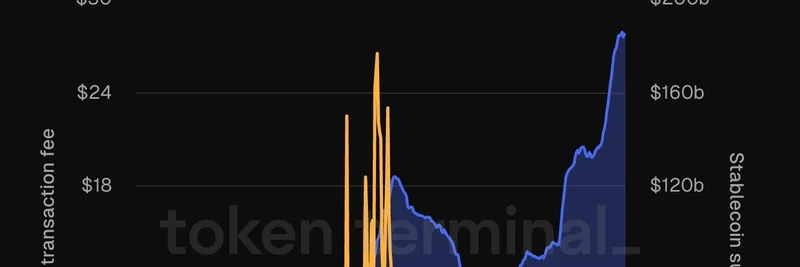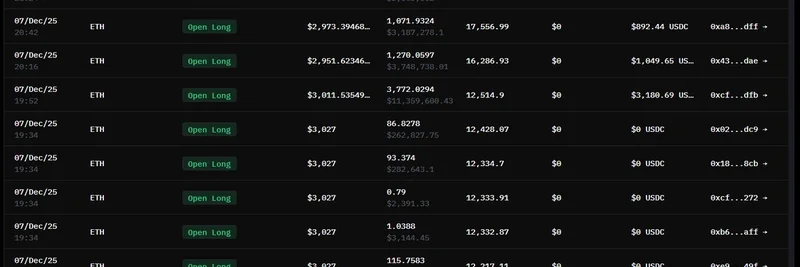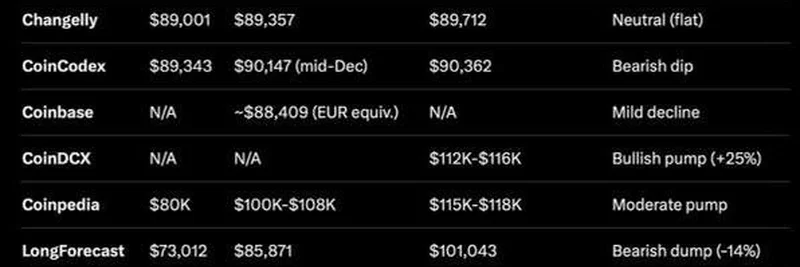Why Arbitrum Won Over Robinhood: A Deep Dive into the Partnership
In a recent episode of "Unchained," hosted by Laura Shin, Offchain Labs CEO Steven Goldfeder shed light on the strategic partnership between Arbitrum and Robinhood. This collaboration marks a significant milestone in the world of decentralized finance (DeFi) and tokenized assets. Let's break down the key points and understand why Arbitrum emerged as the preferred choice for Robinhood.
The Competition and the Choice
The decision to partner with Arbitrum over other contenders, such as Solana, was not an easy one. Robinhood, known for its user-friendly interface and accessibility, sought a blockchain solution that could handle the demands of tokenized stocks and provide a seamless user experience. Arbitrum's layer-2 scaling solution on the Ethereum network stood out due to its ability to offer low transaction costs and fast processing speeds.
Turning Gas Fees into Revenue
One of the most intriguing aspects of this partnership is how Arbitrum's technology transforms gas fees into a revenue stream for Robinhood. Traditionally, gas fees are a cost borne by users on the Ethereum network. However, with Arbitrum's layer-2 solution, these fees can be optimized and potentially monetized, creating a win-win situation for both Robinhood and its users.
The Potential of Tokenized Stocks
Tokenized stocks represent a game-changer in the world of investing. By leveraging Arbitrum's platform, Robinhood can offer its European users access to over 200 U.S. equities and ETFs with around-the-clock trading capabilities. This move not only enhances liquidity but also opens up new avenues for DeFi applications. Steven Goldfeder highlighted that tokenized stocks could be the "big prize" on Arbitrum, signaling a shift towards more integrated traditional finance (TradFi) and crypto markets.
Improving User Experience (UX)
User experience is a critical factor in the adoption of any technology, and crypto is no exception. Arbitrum's Stylus, a new feature, promises to power better UX for Robinhood and beyond. By improving the interface and reducing friction, Arbitrum aims to make DeFi more accessible to a broader audience. This focus on UX is seen as one of the biggest unlocks for the crypto industry, potentially driving mass adoption.
Addressing Liquidity Fragmentation
Liquidity fragmentation remains a significant challenge in the DeFi space. Steven Goldfeder discussed how Arbitrum's ecosystem can help mitigate this issue. By providing a robust infrastructure for tokenized assets, Arbitrum facilitates better liquidity pools and reduces the fragmentation that often plagues decentralized exchanges. This is particularly important for large players like Robinhood, who need efficient and liquid markets to serve their users effectively.
The Role of MEV (Miner Extractable Value)
MEV, or Miner Extractable Value, is another area where Arbitrum's partnership with Robinhood could have a substantial impact. MEV refers to the value that can be extracted from block production beyond the standard block reward and gas fees. For big players like Robinhood, capturing MEV can be an attractive proposition, as it opens up additional revenue streams and enhances the overall efficiency of the network.
The Arbitrum DAO and Ecosystem Benefits
The partnership also benefits the Arbitrum DAO, the decentralized autonomous organization governing the Arbitrum network. By attracting high-profile partners like Robinhood, the Arbitrum ecosystem gains credibility and attracts more developers and users. This, in turn, strengthens the network's position in the competitive landscape of layer-2 solutions.
The Future of Crypto-TradFi Convergence
Steven Goldfeder's insights suggest that the convergence of crypto and traditional finance is inevitable. The partnership with Robinhood is a step towards this future, where tokenized assets bridge the gap between the two worlds. As more institutions recognize the potential of blockchain technology, we can expect further integrations and innovations that blur the lines between crypto and TradFi.
Conclusion
The collaboration between Arbitrum and Robinhood is a testament to the evolving landscape of DeFi and blockchain technology. By choosing Arbitrum, Robinhood has positioned itself at the forefront of the tokenized stock revolution, leveraging the benefits of layer-2 scaling, improved UX, and potential revenue streams from gas fees and MEV. As the crypto and TradFi worlds continue to converge, this partnership sets a precedent for future collaborations that could redefine the financial industry.
For more insights into the latest developments in the crypto space, stay tuned to Meme Insider, your go-to source for meme tokens and blockchain news.




